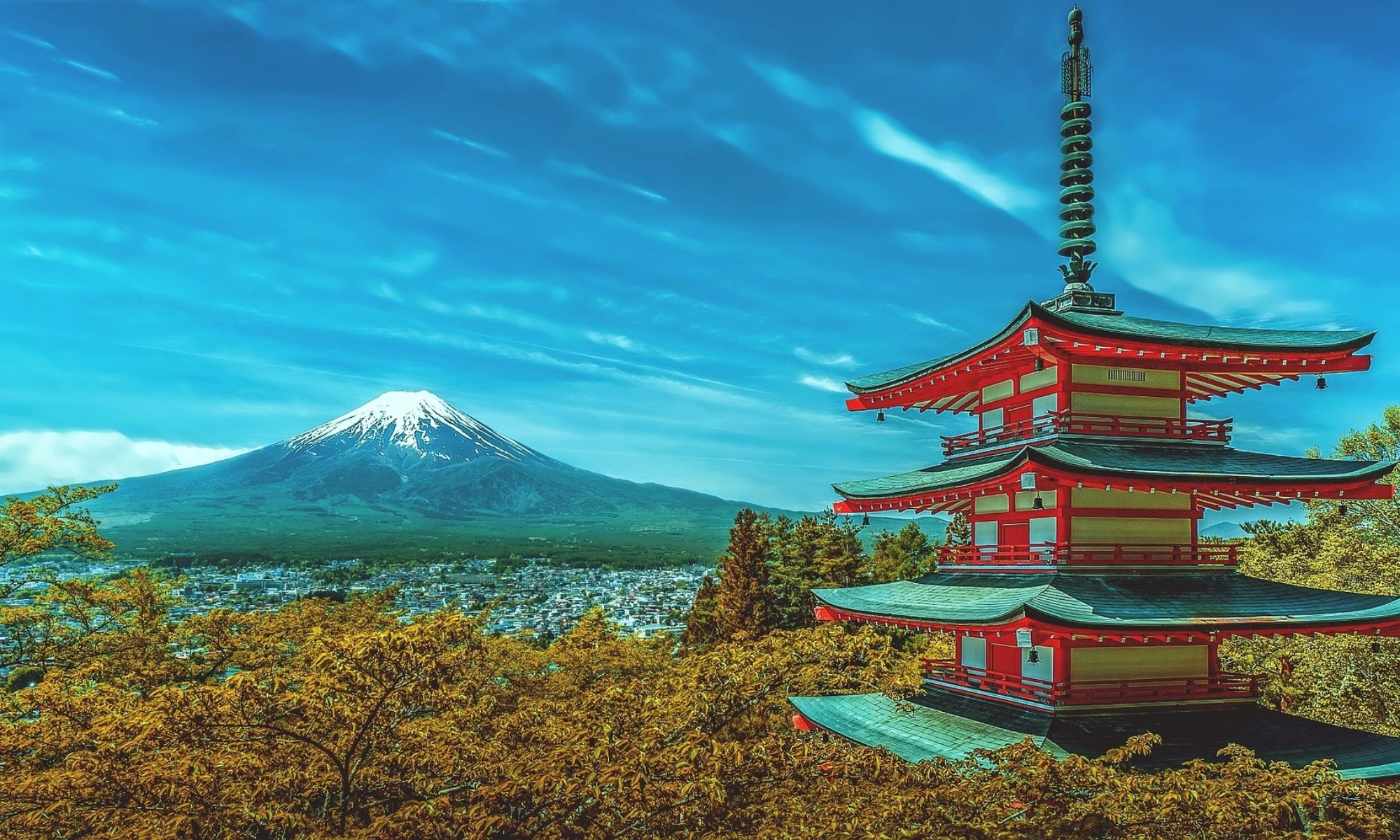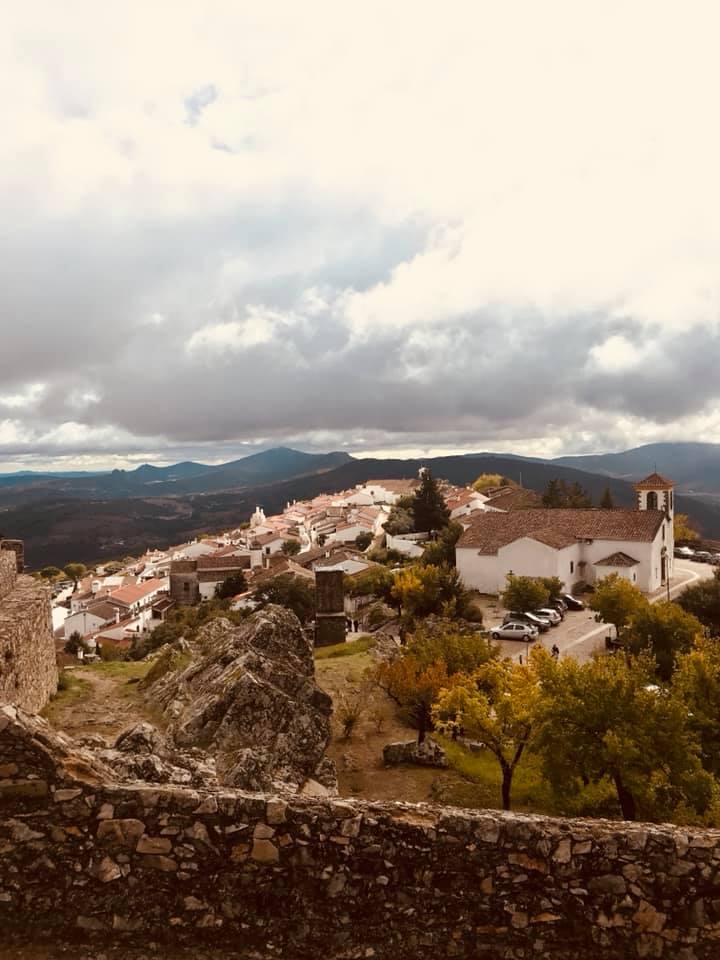After two full grueling days of travelling halfway around the world we were promptly surprised to find absolutely no one walking around on their heads. Strange. We’ve begun to settle into our next housesitting gig near Brisbane, Queensland, Australia, Earth, and are fighting conflicting urges to vomit and or sleep. Jet lag is harsh!
Australia is the same as everywhere else I’ve ever been but unlike anything I’ve ever seen. Which is intelligent kind of. See, they have the same things here they have anywhere else like boring houses in perfectly rectangular neighborhoods, bad drivers and tons of fat people, but the bad drivers are all on the wrong side of the road. For example.
Plus the Youckaliptus trees. I’m looking into our yard now at Eupalicktus trees towering all throughout the property, looking elegant and statuesque, reaching immense heights and providing homes and food not only for the obscenely strange but totally cuddly koala bears but also possums AND NO SQUIRRELS! You know a country is special if the trees are filled with koalas and possums but no squirrels.

Dusk around the world is known as „Mosquito Partytime“, but last night at dusk I was as brutally mishandled as I’ve ever been by any insect before, except perhaps that one time as a kid when I stepped on a bee‘s nest behind our house. In three minutes my left foot was pocked by 12 bites, each larger than a dime. We decided to enjoy Australia outside during the day, and went in.
Yes there are palm trees everywhere. Not just on the golf courses. Or the grounds outside a hotel. They are also gargantuan, and appear to be healthy! Not such a safe bet anymore.. But there are other tress here, too, like the Euckaliptiss trees reaching up to three hundred feet, if’n you balance a 230 foot long blue whale on top vertically. Between these are smaller bushes and cool-ass mini bansailike trees with fragile purple flowers and probably a name that begins with a „J“. I’m guessing. OK I’ve just Goggled the tree and I must apologize: the flowers are „pale indigo“ and not purple. Maybe I should’ve written the name down, too ( Jacaranda). Another tree you probably won’t see anywhere else is the Sydney Blue Gum tree (seriously!), which rivals a sequoia in terms of girth and soars up to dizzying heights of forty or fifty meters. Red Cedars almost as tall as the Blue Gum trees rise stately between palm and gum (?). Other trees have leaves. And wood!
But the most interestingly alien thing about the country for me – and I haven’t technically seen a koala, a wombat, or a tasmanian devil yet, not to mention the lord’s faux pas : the duckbill platypus–are the birds. There’s green ones with red breasts or wings–I don’t have my glasses on–a kind of parrot that chirps like a rusty swing and looks marvelous darting through the backyard trees. There’s a grayish-brown one who sings beautifully and whose name, after I gave it one, is a „three–footed terd“. Then these other vulturous type birds seem to be on everyone’s front lawn, they’re tallish and somber, dressed in white jackets with black sleeves and a black mask over their heads; maybe they’re the undertakers of the avian world. They have long, thin black beaks with which they pluck intestinal bacteria from lucky animals and birds who happen to be in front of them. Maybe.
We were lucky enough to recently hear a concert from probably the most famous of all Australian birds–the Kookaburra–and not be in an emotionally unstable condition, because I wouldn’t want to hear something like that and be suffering from acute coffee deprivation, for example. The Kookaburra shows us what would happen if an ordinary monkey would be pumped full of cocaine and then given major amounts of laughing gas. It’s amazing! And a great example of „sounding your barbarous yawp over the rooftops of the world..“
But last night we experienced something that really knocked our sox off. An insect? maybe? started singing, a soothing sound somewhere between power drill and mutant cricket. Another couple eight or so joined him and, seemingly absent of the need to, like, do something else, they proceeded to give a concert for two hours rivalling only one thing in terms of „Melodic Simplicity“ and „Noise.“. Of course I’m talking about the now infamous Vuvuzela.
(Insert Vuvuzela tunes here: https://youtu.be/bKCIFXqhLzo
Respek! They’re in hallowed company!
Fantastic is the word I’d use to sum up my First Impressions here. „More things in heaven and earth..“ We really can’t believe we’re here. It’s all so amazing, and I’m going to try and drink me a trough of Australian these next four weeks, and I hope I never get my fill…


